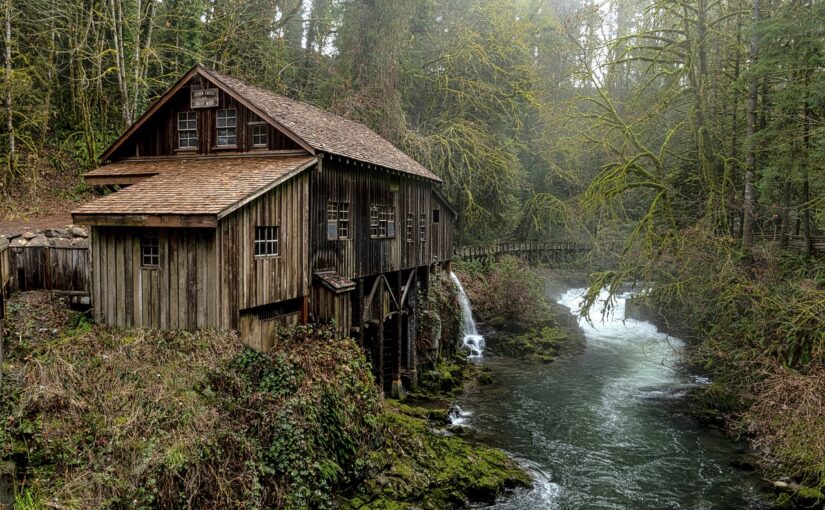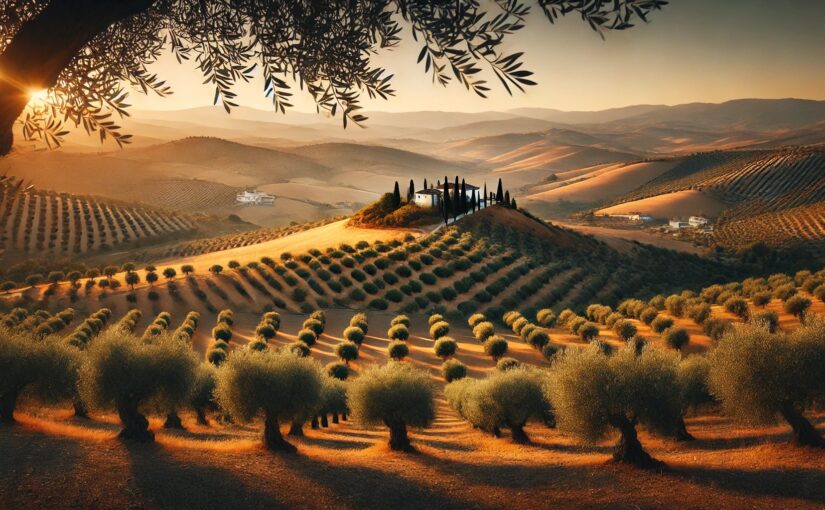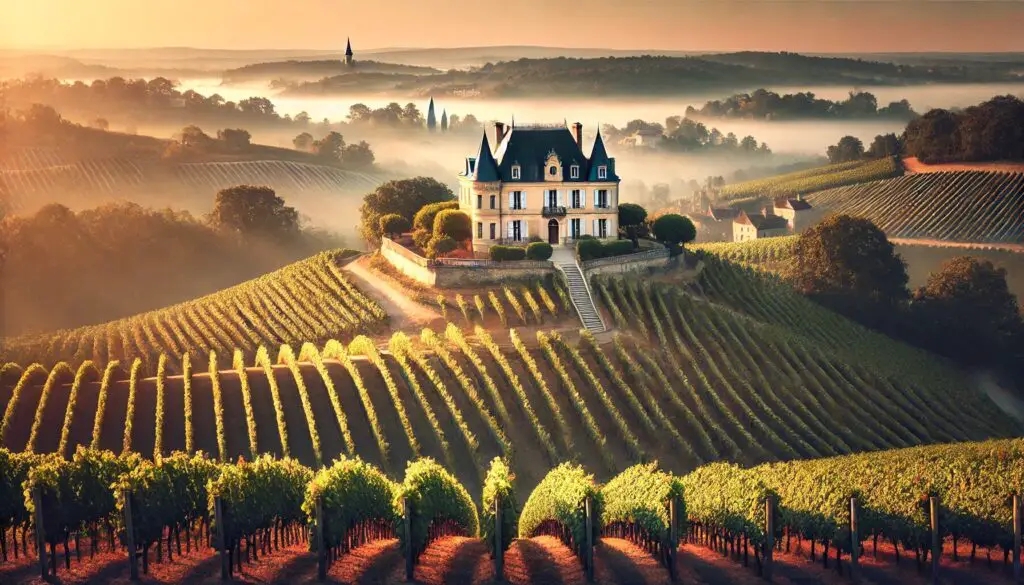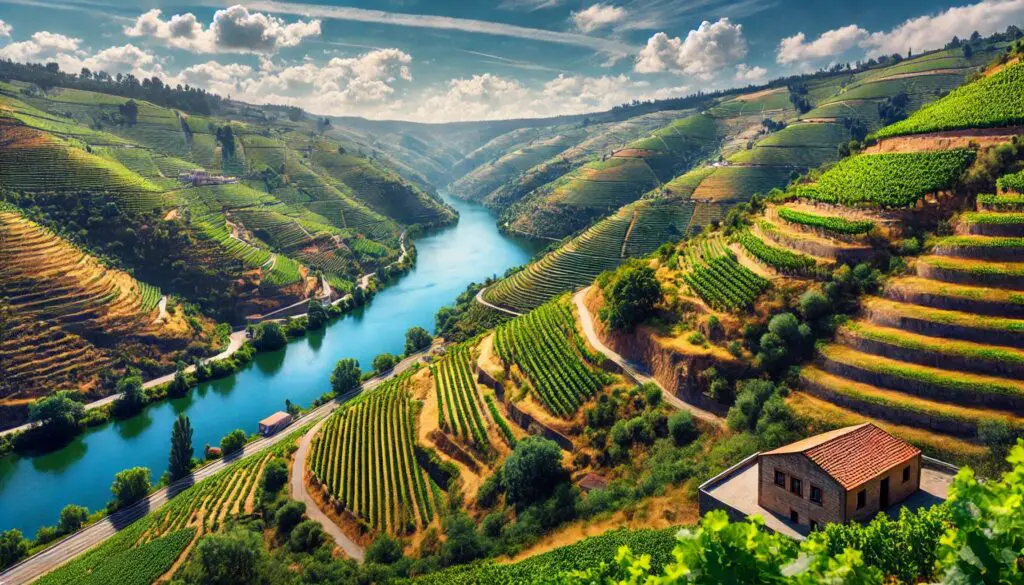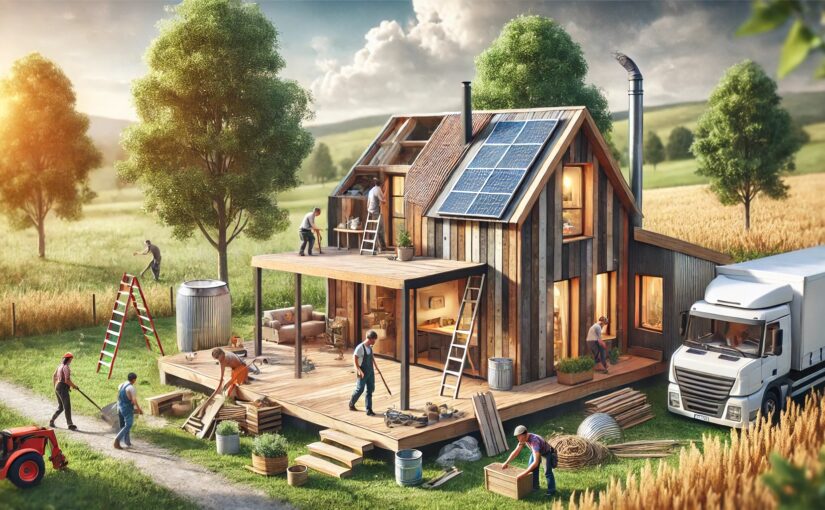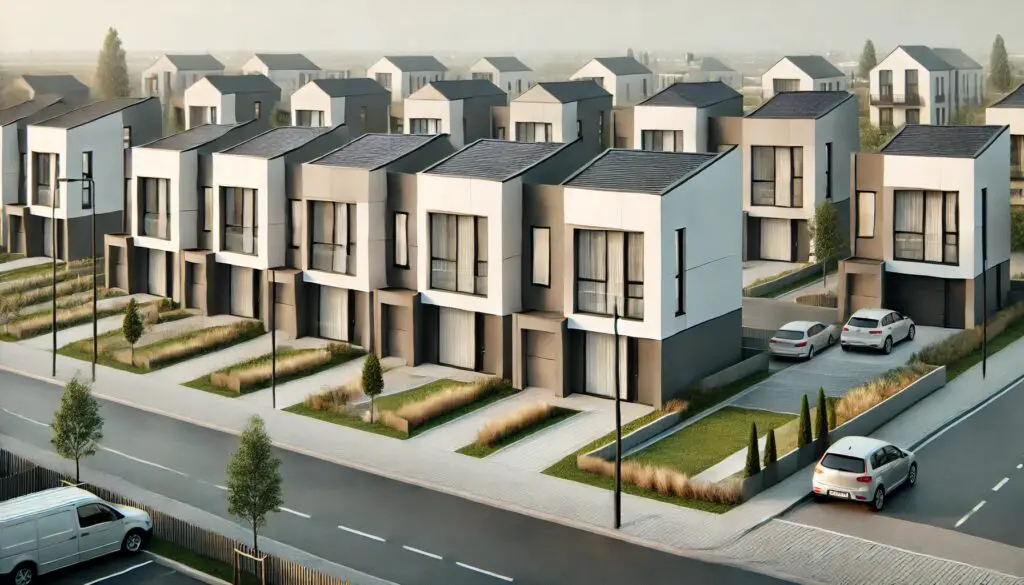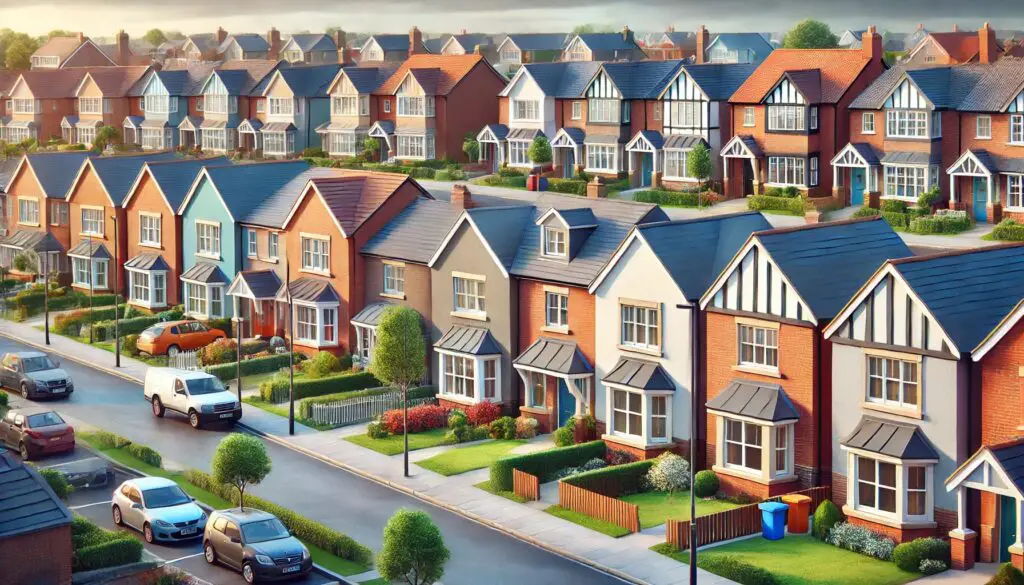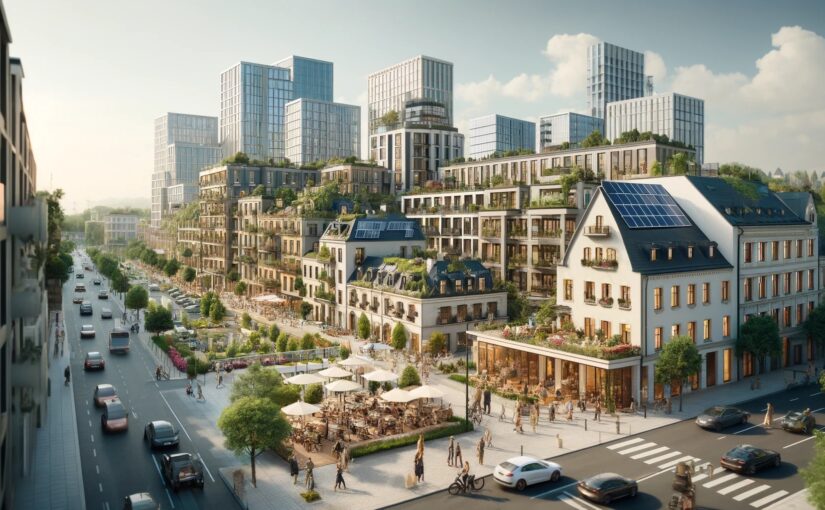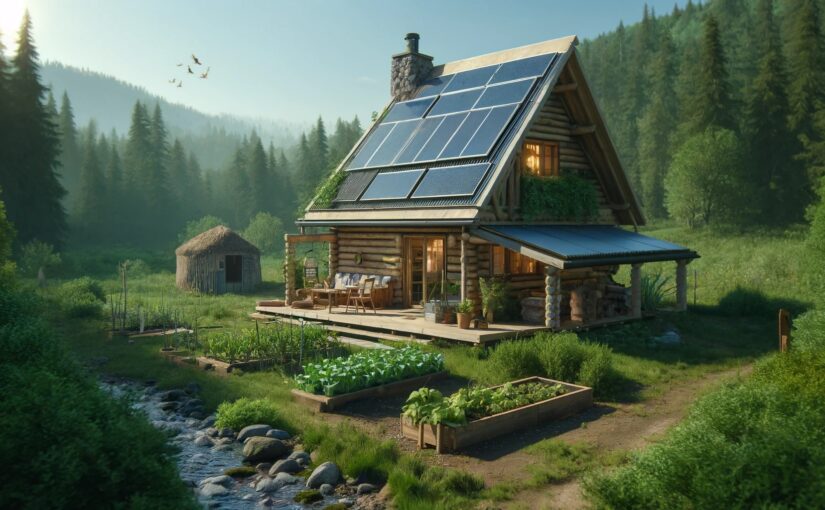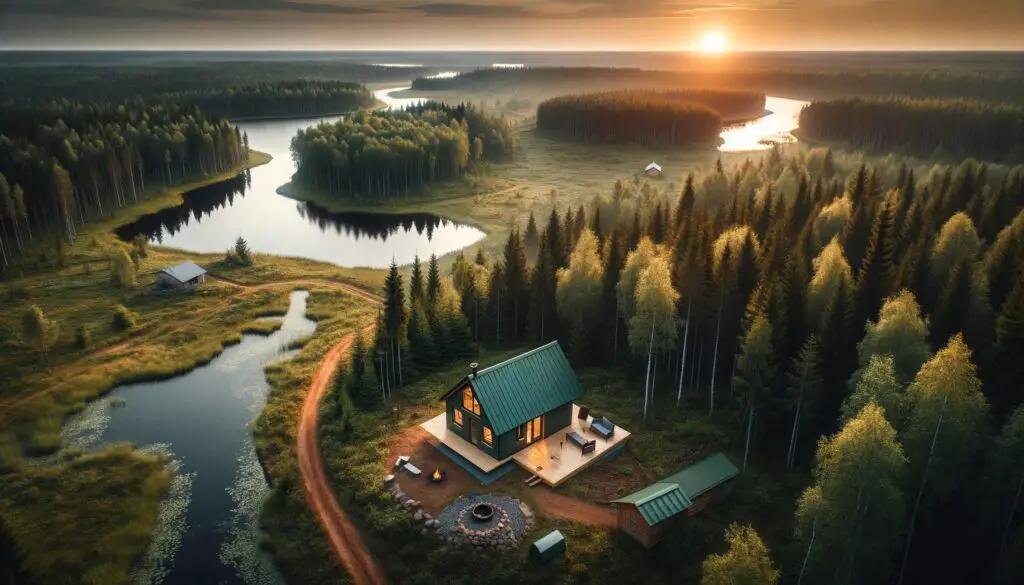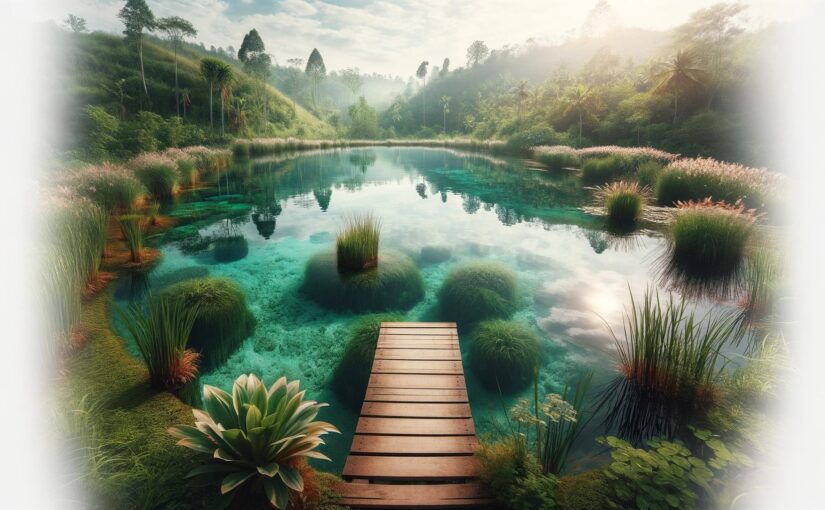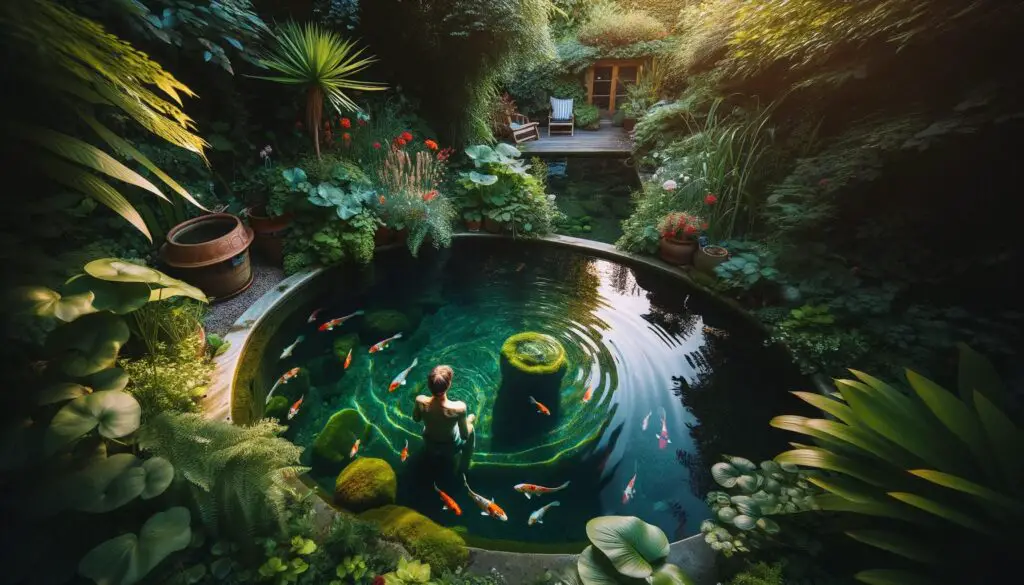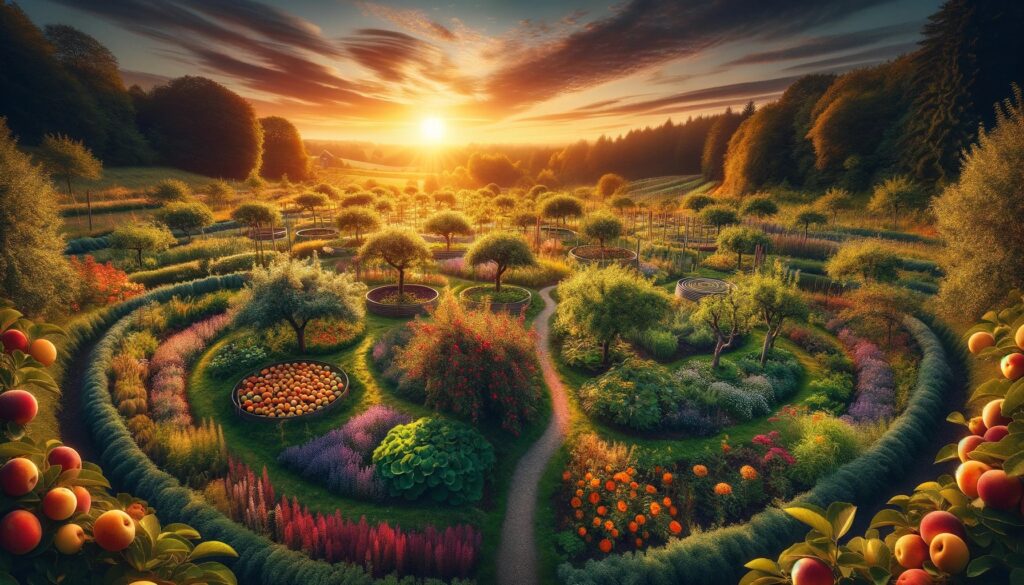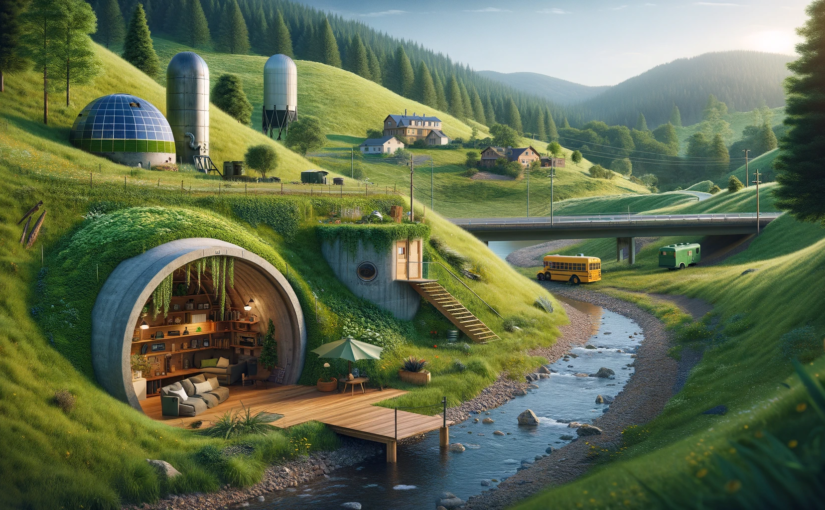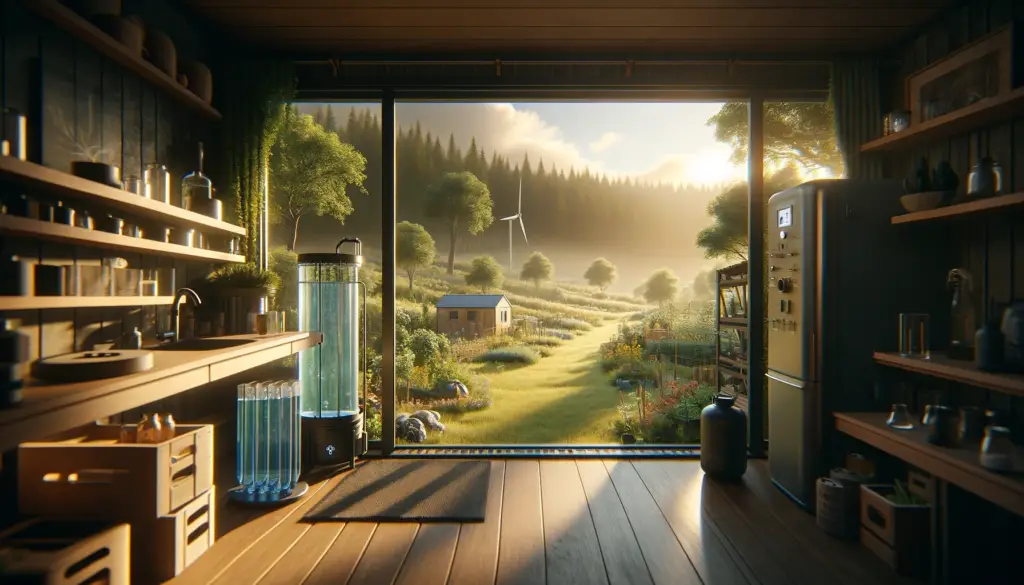If you think real estate is all about shiny new developments, gleaming glass towers, and cookie-cutter suburban homes, you might be missing out on the next big trend. Let me introduce you to disused buildings—yes, the ones with boarded-up windows, peeling paint, and that certain “urban explorer” appeal. These seemingly forgotten structures are becoming prime real estate for savvy investors. Why? As the saying goes, “One person’s trash is another person’s treasure.” These hidden gems offer enormous potential for those with vision, creativity, and a willingness to see opportunities where others see eyesores.
So, why exactly are disused buildings gaining attention? Let’s break it down.
1. Unique Character and Charm
Most modern buildings can be sleek and efficient, but they lack the soul and personality that older structures have. Walk into a disused warehouse, for example, and you’re stepping into a piece of history. These buildings often have unique architectural details that you simply can’t find in new builds—exposed brick, tall windows, high ceilings, and intricate craftsmanship. Once restored, these spaces ooze charm and character, making them highly desirable for buyers and tenants.
Repurposing these old gems taps into a growing trend: people want something that feels authentic and original, not just another sterile apartment or office space. Buyers are attracted to buildings with a story, and nothing says “story” like a building that gets a second chance.
2. Prime Locations
Here’s a little secret: many disused buildings are in excellent locations. Over time, as cities expand, areas that were once on the fringes are now becoming central hubs. Think about all those industrial areas that were abandoned when factories moved overseas. Those neighborhoods are often located near city centers, making them prime candidates for redevelopment.
Developers who have foresight are already snapping up these properties at bargain prices, knowing that with a bit of TLC, they can transform them into luxury lofts, boutique hotels, trendy cafes, or even co-working spaces. You know what they say—location, location, location! The proximity of disused buildings to business districts, transportation hubs, and vibrant neighborhoods makes them an investor’s dream.
3. Lower Purchase Prices
One of the biggest draws of disused buildings is the price tag. Compared to new developments, these buildings often come at a fraction of the cost. Of course, they require renovation, but even by factoring in those costs, you can still come out ahead financially. In markets where real estate prices are skyrocketing, finding a more affordable entry point is crucial. Disused buildings offer a way for investors to get their foot in the door without breaking the bank.
For instance, properties in cities like Detroit or Pittsburgh, which have seen industrial decline, offer incredibly low purchase prices. These cities are slowly experiencing revitalization, and early investors who snatched up disused buildings are now seeing significant returns as those areas bounce back.
4. Sustainability and Eco-Friendly Appeal
In an age where sustainability is more than just a buzzword, disused buildings offer an eco-friendly option for developers and investors. Think about it: by repurposing an existing structure, you’re saving tons of materials from going to waste. You’re not contributing to urban sprawl or deforestation, and you’re cutting down on the carbon footprint associated with building from scratch.
For eco-conscious buyers and renters, the appeal of living or working in a reclaimed building can’t be overstated. It gives them the chance to support sustainable practices while enjoying a unique and stylish space. In a world that’s increasingly concerned with environmental impact, repurposing disused buildings offers a win-win scenario for investors and the planet.
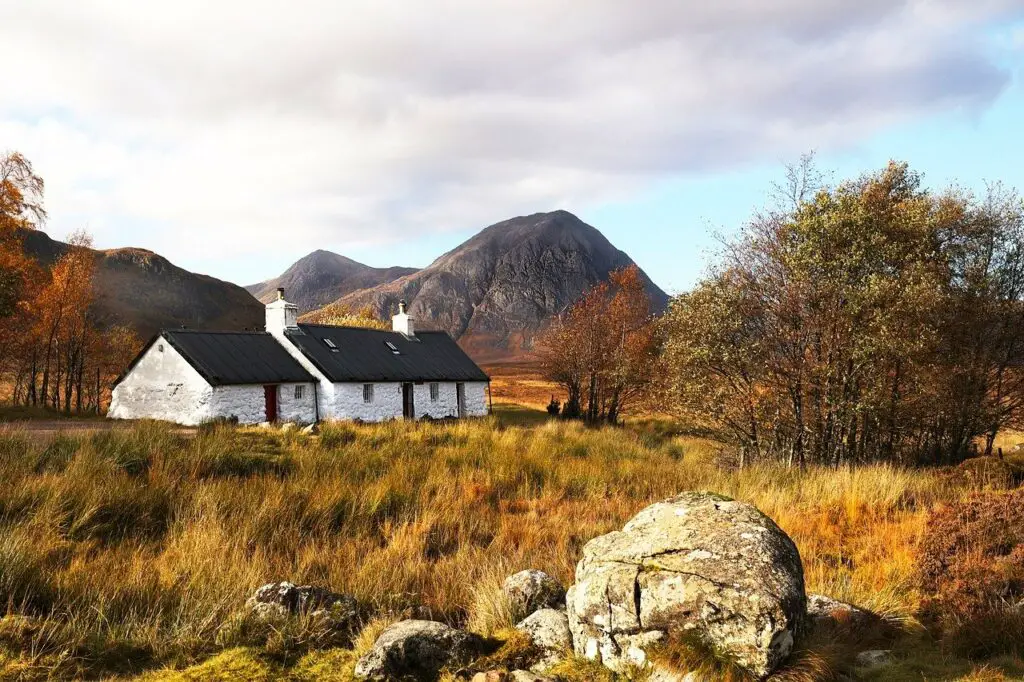
5. Tax Incentives and Grants
Governments love revitalizing derelict areas, and they’re willing to offer tax incentives and grants to encourage developers to take on these projects. In many cases, there are programs specifically designed to support the rehabilitation of historic or abandoned buildings. This can mean significant financial help for investors looking to breathe new life into disused properties.
For example, in the U.S., the Historic Tax Credit (HTC) offers a 20% credit for the rehabilitation of historic, income-producing buildings. Similar incentives can be found across Europe and other regions, where local councils or governments are eager to see old buildings come back to life.
6. Adaptive Reuse: Endless Possibilities
One of the best things about disused buildings is their potential for adaptive reuse. With a bit of creativity, these structures can be transformed into virtually anything. From high-end apartments in a former factory to an art gallery in an old church, the possibilities are endless.
Take the example of London’s Battersea Power Station. Once an abandoned industrial site, it’s now a thriving mixed-use development with luxury apartments, shops, restaurants, and offices. What was once a crumbling eyesore is now one of the city’s most iconic and desirable locations.
Investors who can think outside the box are capitalizing on this trend of adaptive reuse, turning buildings that were once considered worthless into sought-after destinations.
7. Cultural and Community Revival
Restoring disused buildings isn’t just a financial opportunity; it’s also a way to give back to communities. When developers breathe new life into abandoned structures, they help revitalize neighborhoods, create jobs, and attract new businesses. This can lead to a cultural revival, where once-neglected areas become vibrant, thriving hubs of activity.
A perfect example of this is the regeneration of the Meatpacking District in New York City. What was once an area full of disused industrial buildings has become a trendy neighborhood filled with art galleries, high-end fashion boutiques, and world-class restaurants. The revitalization of the area has not only attracted tourists and businesses but has also boosted the local economy.
8. Opportunities for Creative Financing
Investing in disused buildings doesn’t always mean you have to go it alone. Many investors partner with local governments, nonprofits, or private equity firms to share the cost and risk. Additionally, crowdfunding platforms have made it easier than ever for individuals to pool their money and invest in larger real estate projects, including the redevelopment of disused properties.
These creative financing options lower the barrier to entry, making it possible for smaller investors to get into projects that would otherwise be out of reach. By leveraging partnerships and alternative funding sources, investors can take advantage of the many benefits disused buildings offer without shouldering all the financial burden themselves.
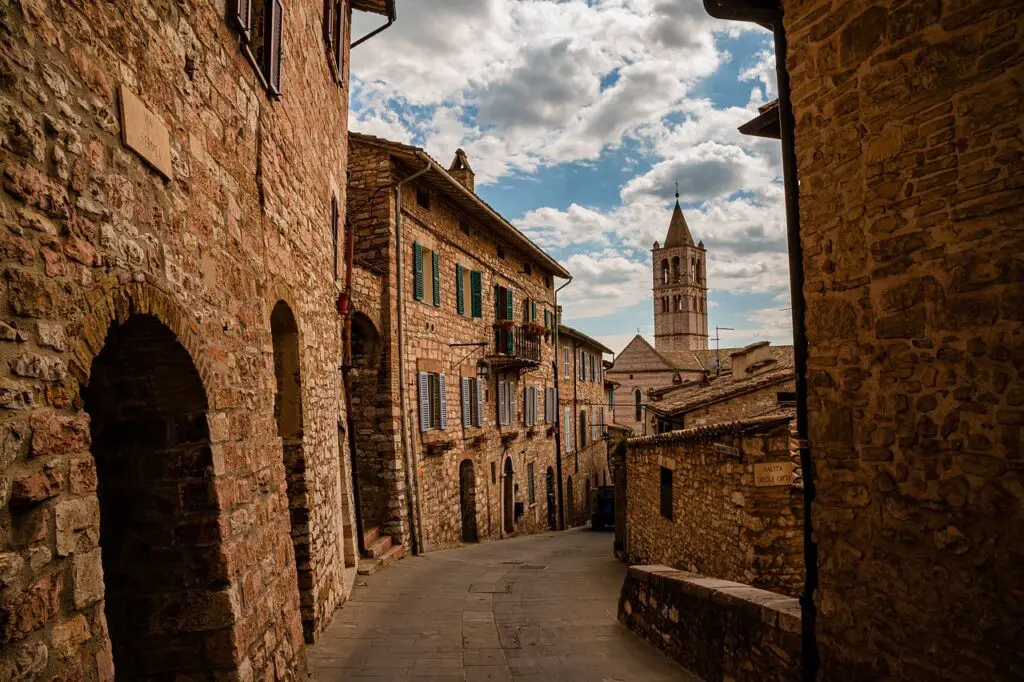
9. Gentrification and Rising Property Values
While the term “gentrification” can be controversial, there’s no denying that when disused buildings are repurposed, they can increase property values in the surrounding area. Once-neglected neighborhoods can become trendy hotspots, attracting new businesses and residents. For investors, this translates into rising property values and a greater return on investment.
However, it’s important for investors to be mindful of the potential downsides of gentrification. Displacing long-term residents or businesses can lead to social tensions. The key is to strike a balance, ensuring that revitalization projects benefit both new and existing members of the community.
10. Future-Proofing Investments
The world of real estate is constantly evolving, and savvy investors are always on the lookout for opportunities that will stand the test of time. Disused buildings, with their historic charm, prime locations, and potential for adaptive reuse, offer a way to future-proof your investment portfolio.
As urban areas continue to grow and land becomes scarcer, the demand for unique, centrally located properties will only increase. By investing in disused buildings today, investors are positioning themselves to benefit from tomorrow’s real estate trends.
Conclusion: The Next Big Thing Is Already Here
Disused buildings are no longer just urban relics waiting to be demolished. They’re the future of real estate investment. From their unique character to their prime locations and lower purchase prices, these buildings offer a range of benefits that traditional new builds simply can’t compete with. Disused buildings present an exciting and profitable opportunity. No matter if you’re a seasoned investor or someone looking to break into the market.
Disused buildings can be transformed into thriving, valuable properties. All you need is a bit of creativity, financial foresight, and a willingness to embrace sustainability. So, next time you walk past an old, rundown building, don’t see it for what it is now—see it for what it could be.
